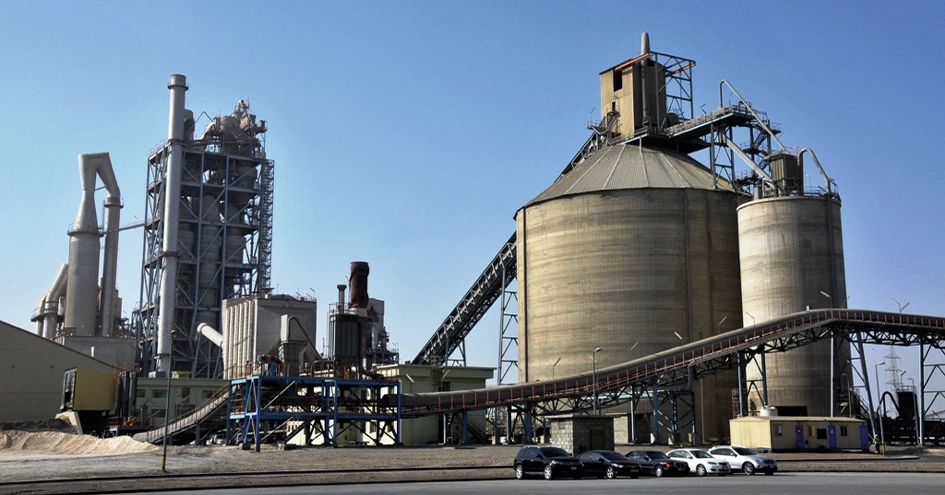Appropriate Waste Disposal and Development of a Circular Economy
Commitments on Recycling and Appropriate Disposal
INPEX actively practices the 3Rs of waste management – reduce, reuse, and recycle – at its projects, offices, and other business sites to reduce its environmental impact.
We also appropriately manage, treat, and dispose of waste generated by our operations in line with the laws and regulations of countries in which we operate our projects. We create waste management plans for waste generated at our operator project sites that incorporate legal requirements, risk management methods, treatment and disposal methods, and audit plans.
When we are unable to viably reuse industrial waste generated by our operations, we appropriately treat and dispose of it via licensed waste service providers. We also carry out confirmation through regular visits, inspections, and such on waste service providers.
Since FY2023, for waste generated at each of our business sites, we have introduced classification according to GRI 306 standard. We also conduct visits, interviews, and such on waste service providers to understand the detailed treatment process of waste up to final disposal and state of disposal. Through these efforts, we establish measurable quantitative targets across the INPEX Group. At the same time, we continue to further reduce the amount of waste for final disposal and promote reuse and recycling to work on appropriate waste management.
The amount of waste generated by our operating projects varies significantly depending on the type of the work conducted at each business site, such as the presence or absence of drilling operations. To identify issues relating to waste management in our operations, as well as to promote initiatives for the efficient use of resources including reuse and recycling, we have categorized the waste generated by routine and non-routine operations1 and have been collecting the waste according to the GRI 306 reporting categories since FY2023. Of the approximately 12,000 tons of waste generated in routine operations, we recover approximately 10,000 tons. We carry out appropriate treatment, such as recycling, on the approximately 14,000 tons of cuttings generated in drilling operations, with none being disposed of through final landfill in FY2024.
To further observe and promote our commitments, in FY2024, we established "Maintain a final landfill rate of 1% or less for drilling cuttings" and "Maintain recovery rate of 70% or more of waste generated by regular operations" as Group-wide measurable quantitative targets. In FY2024, our landfill rate was 0% and our recovery rate was 83%. We will continue to work toward achieving and maintaining our targets.
1Drilling-related operations, etc.
Efforts to Develop a Circular Economy
We will actively develop a circular economy in addition to our usual appropriate waste management and further implementation of the 3Rs.
Well drilling operations in oil and gas development generate geologically derived drill cuttings. Such cuttings can be said to be waste unique to oil and gas development, and they are often sent to a landfill for final disposal. Cuttings from our projects in Japan often undergo appropriate treatment by waste service providers and get reused as improved soil, including being used as roadbed and backfill materials.
Overseas Efforts to Develop a Circular Economy
Since being awarded exploration rights in FY2019, we have been exploring Onshore Block 4 in the United Arab Emirates (UAE). We recycle the drill cuttings generated by this project through a cement manufacturer.
This recycling process is called co-processing, in which the mineral components in the drill cuttings are used as raw materials for products, and the combustible components, such as oil, are recovered as heat in the clinker production process. Through these processes, at least 500 tons of drill cuttings were recycled annually without generating secondary waste.

Recycling of drill cuttings at JEL
Research toward the Development of a Circular Economy
In Japan, as part of our research and development of flaring reduction measures, we are studying the introduction of initiatives to reduce atmospheric CO2 emissions by fixing carbon in flare gases through the use of methane pyrolysis technology.
Please refer to the Efforts to Reduce GHG Emissions for details.
CO2-methanation, which we have been studying for commercialization since FY2013, was selected in FY2021 as a project under the theme of Development of Technologies for CO2 Reduction and Utilization (FY2021 to FY2026) by the New Energy and Industrial Technology Development Organization (NEDO). We are currently constructing Japan’s first and one of the world’s largest test facilities that is thermally insulated and isothermal, capable of producing 400 normal cubic meters of methane per hour. In the demonstration test scheduled to commence in FY2025, CO2 recovered from the Nagaoka Field Office will be used to produce synthetic methane, which will then be introduced into our city gas pipelines and delivered to users. The CO2-methanation technology established through the demonstration test and such is expected to contribute toward the creation of a circular economy.
Education and Training on Waste Management
We implement regular education and training for staff at our operational sites in Japan to ensure appropriate waste management practices. Through this education and training program, we aim to improve understanding of waste management laws, regulations, and systems, industrial waste classification and management methods, and 3Rs practices, and implement them continuously.
